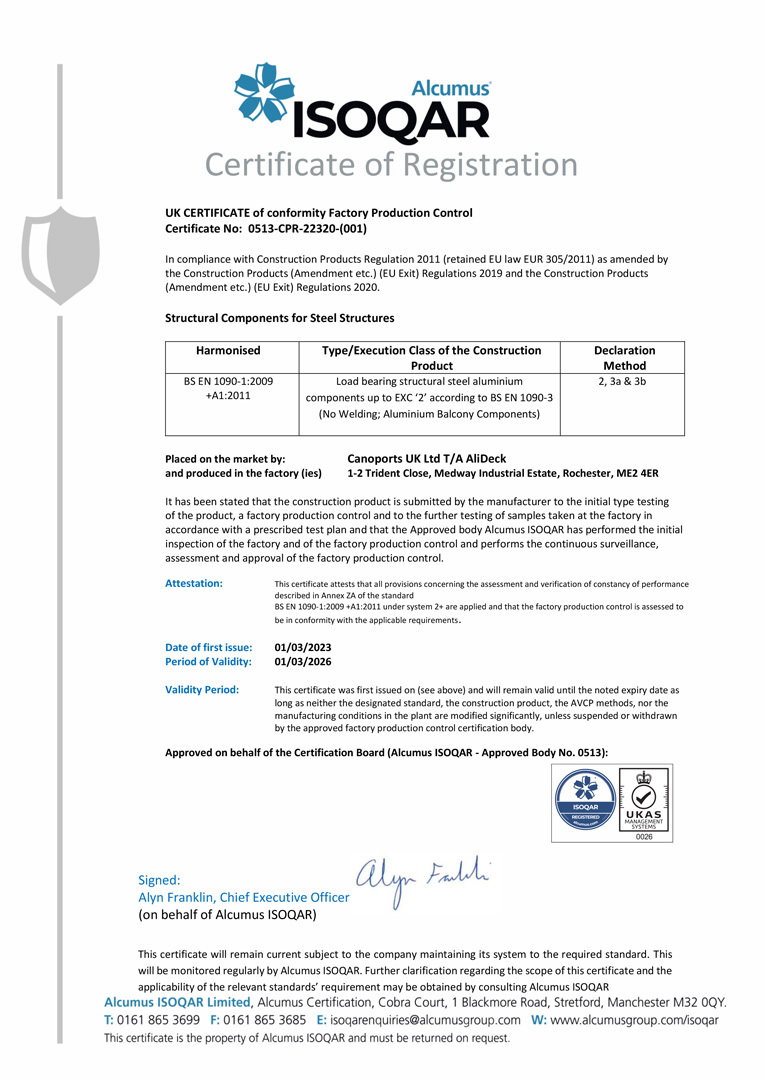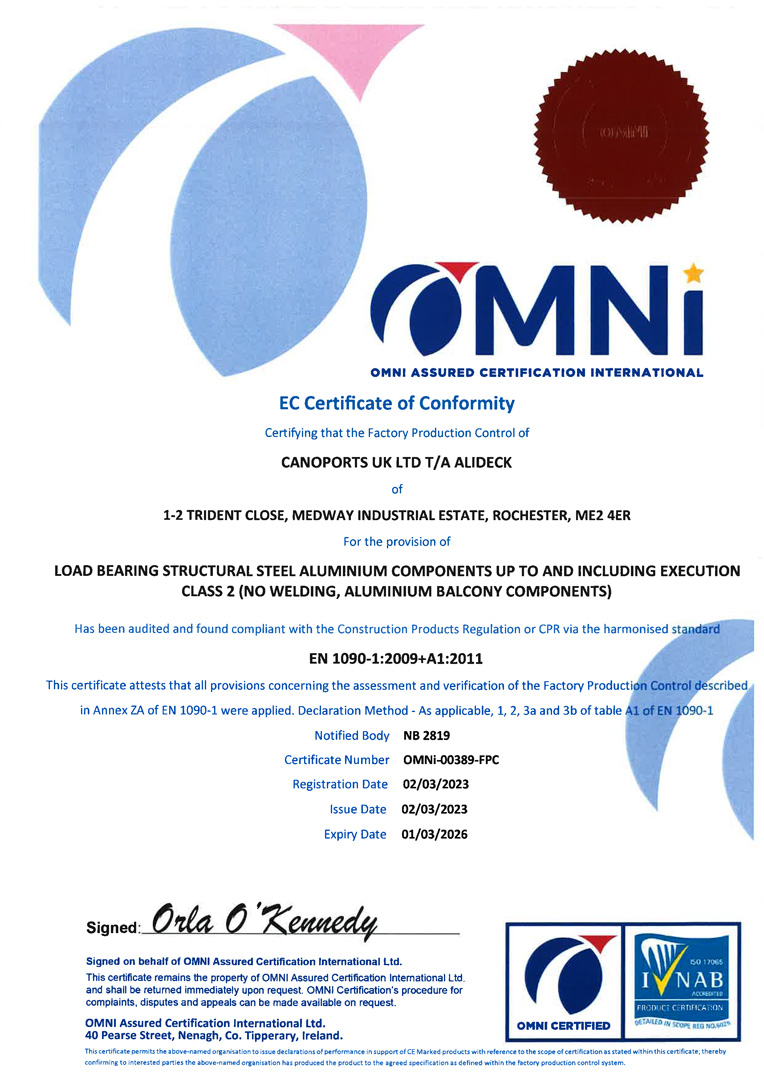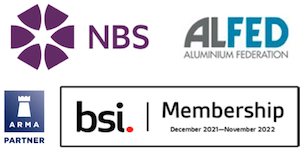External Wall Fire Review and EWS1 form implications with regards combustible materials on balconies
The construction industry has been faced with severe regulatory upheaval following the Grenfell disaster of 2017. The Hackitt Review identified major failings in the construction industry’s culture and practices, building regulations were amended in 2018 to outlaw combustible materials above 18 metres, with balconies subsequently clarified as being included in the definition of the external envelope of buildings, and new legislation in the Fire Safety Bill and the Building Safety Bill is currently before Parliament to finally settle the issue in comprehensive new laws.
These are all necessary and appropriate responses to a genuine and inarguable set of problems within the construction sector. The end result will be safer buildings and, hopefully, a much-reduced risk of further tragedies. It has been heartening to see our industry broadly embrace the need for change and to work constructively towards the goal of a fire-safe future.
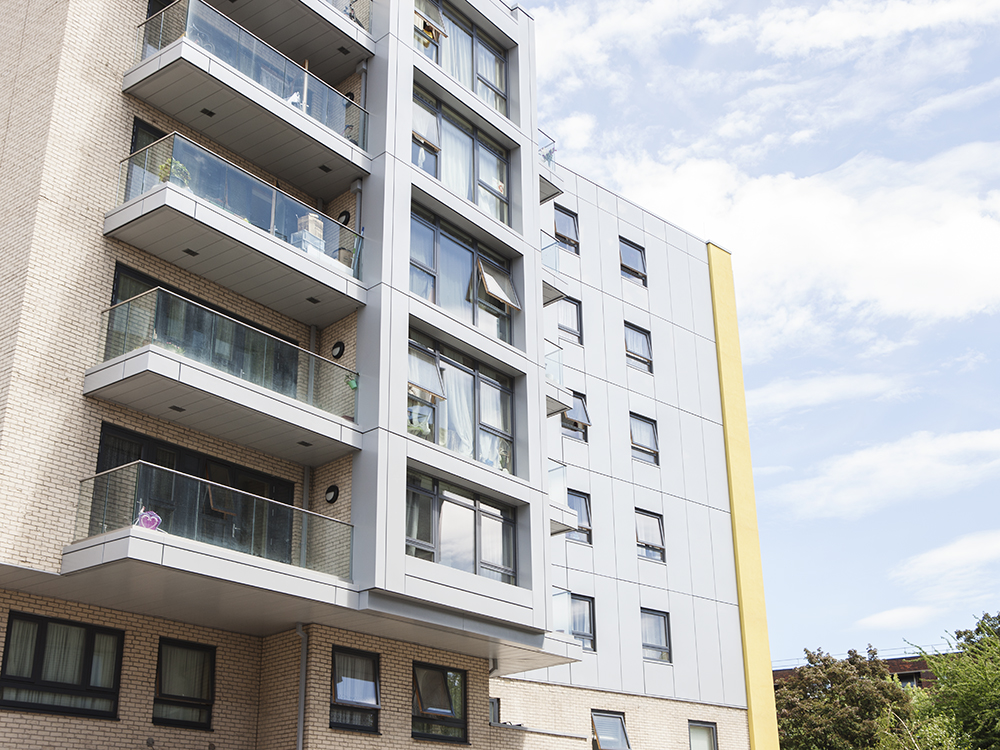
Wide ranging impact of building safety reform
The impact of Grenfell, however, goes far beyond the practices and culture of the construction industry. With a large number of high-rise properties around the UK remaining covered in flammable cladding, action to remove this hazardous material has been, to say the least, slow going.
The huge cost involved in these essential remedial works is the major factor in the delayed response, with building owners and leaseholders at loggerheads over who is liable to cover the cost, and local authorities struggling to allocate the funds to press ahead. The UK Government has launched a Building Safety Fund to help kickstart the works but it remains to be seen whether this will have a large enough impact to truly make a difference.
A major problem that soon reared its head in the months after Grenfell was the issues experienced by owners of flats in high-rise buildings when seeking to sell their properties. With the industry in turmoil and the huge scale of the flammable cladding issue across the country becoming increasingly apparent, risk-averse lenders began to refuse to provide mortgages for properties in affected tower blocks. With homeowners effectively trapped in their unmortgageable homes, a grim spectacle of apparently unresolvable misery began to develop.
Cross-industry attempt to support homeowners and lenders
This was recognised as a clearly unsustainable situation and a cross-industry working group formed to attempt a resolution. The Royal Institution of Chartered Surveyors (RICS), The Building Societies Association (BSA), and UK Finance came together to tackle the problem and developed a new standardised process; The External Wall Fire Review.
In short, the External Wall Fire Review provided a process for a suitably-qualified professional to inspect the external envelope of buildings above 18 metres and ascertain the risk posed by the elements that make up its construction. With the results captured on a standard EWS1 form, the intention was that lenders would be able to be reassured that buildings posed no undue fire risk and that a mortgage against the property could safely be offered. Sadly, the reality has so far failed to live up to promise.
The EWS1 form and related process was launched in December 2019 but just weeks later, due to updated Government fire-safety advice relating to height, the scale of affected properties increased massively, potentially now impacting millions of homes.
As the EWS1 can only be completed by a suitably-qualified professional, there is a profound shortage of individuals able to carry out inspections, resulting in waiting times of months or even years before a block can be signed off as fire safe. Compounding the problem is that the EWS1 process can only be initiated by the building owner and not by the leaseholder, leading to building owners simply refusing to take action and incur the inevitable cost of an inspection (which can be tens of thousands of pounds) with no prospect of benefit for themselves.
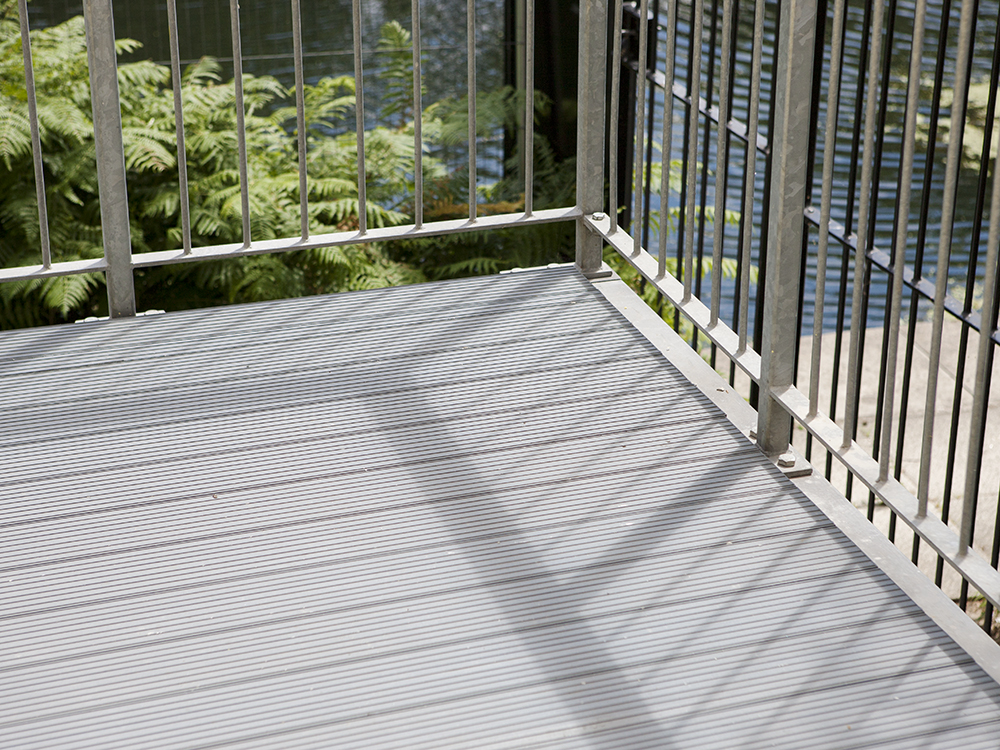
Balconies pose particular challenge to achieving EWS1 completion
Putting these procedural problems to one side, though, looking at the EWS1 process itself shows that it is not necessarily the panacea that homeowners were hoping for.
The EWS1 form has two options that can be selected by the inspector following the building survey; Option A, indicating the “external wall materials are unlikely to support combustion” or Option B, indicating that “combustible materials are present in the external wall”.
Option A breaks down to three sub-options to choose from; A1, that there are “no attachments whose construction includes significant quantities of combustible materials”; A2, that there is “an appropriate risk assessment of the attachments confirming no remedial works are required”; and A3, “where neither of the above two options apply, there may be potential costs of remedial works to attachments”. Option B has sub-option B1, indicating that “the fire risk is sufficiently low that no remedial works are required” and B2, indicating a conclusion that “an adequate standard of safety is not achieved”.
From the lenders’ perspective, if options A1, A2, or B1 are selected by the inspector, then the risk of lending is suitably mitigated. Option B2 is quite clearly a fail, but option A3 requires a little further analysis to understand the ramifications of its selection.
Note 8 in the EWS1 form details that, when option A3 is selected, that the inspector should “notify the client organisation that an appropriate risk assessment of the fire risk of the attachments might be required”. Note 9 then elaborates, as follows;
The assessment of fire risk as described above includes that insofar as is necessary to ensure a reasonable standard of health and safety of those in and around the building, all external wall constructions and any external attachments (e.g. balconies) of the building:
- Resist spread of fire and smoke so far as is reasonably necessary to inhibit the spread of fire within the building, and
- Are constructed so that the unseen spread of fire and smoke within concealed spaces is inhibited, and
- Adequately resist the spread of fire over the walls, having regard to the height, use and position of the building.
The assessment takes account of regulations and published design guidance as were current at the time of construction as well as those which are current at the time of this assessment. It cannot be guaranteed that it would address guidance and regulations which may be introduced in the future.
If a balcony has any combustible elements, such as timber or composite materials, then it simply must result in the EWS1 form being marked as A3, which then triggers the need for a separate fire risk assessment to be carried out. Realistically, with the process under the control of the building owner, further assessments and cost are unlikely to be swiftly embraced, leading to the mortgage lender simply refusing to provide a mortgage for the property due to a failed EWS1.
Replacement of combustible materials is only route to compliance
So, with “external attachments” defined to include balconies, it becomes an absolute requirement for a successful EWS1 form completion that balconies are constructed from non-combustible materials.
Safety is paramount and the prevention of another Grenfell is essential. However, the impact on homeowners trapped in their unsellable high-rise flats is intolerable. The EWS1 process was, without doubt, developed with the best of intentions but there are clearly gaps in its execution through which many people will continue to fall. More work must be done to support these homeowners and provide them with clarity for their futures.
The use of combustible materials in balconies is a major problem. While the new-build construction sector has by and large made the leap to using non-combustible materials at all heights, there remains a vast amount of buildings in the UK that have combustible timber or composite materials in their balconies, terraces, and walkways.
The Government has already issued an Advice Note that addressed the “removal and replacement of any combustible material used in balcony construction” and stated that “this should occur as soon as practical”, but this necessary retrofit work across the private and public sectors is moving ahead only very slowly.
Combustible timber and composite decking materials are able to be directly replaced with non-combustible aluminium decking options. A-Rated for fire-safety, aluminium decking provides no contribution to fire and will help building owners achieve compliance for their balconies, which in turn would help ensure the successful completion of the EWS1 process and allow homeowners to sell their flats and move forward in their lives.
To talk about how replacing your building’s timber or composite decking can help you achieve compliance, call the AliDeck team on 01622 235 672 or email info@alideck.co.uk.




